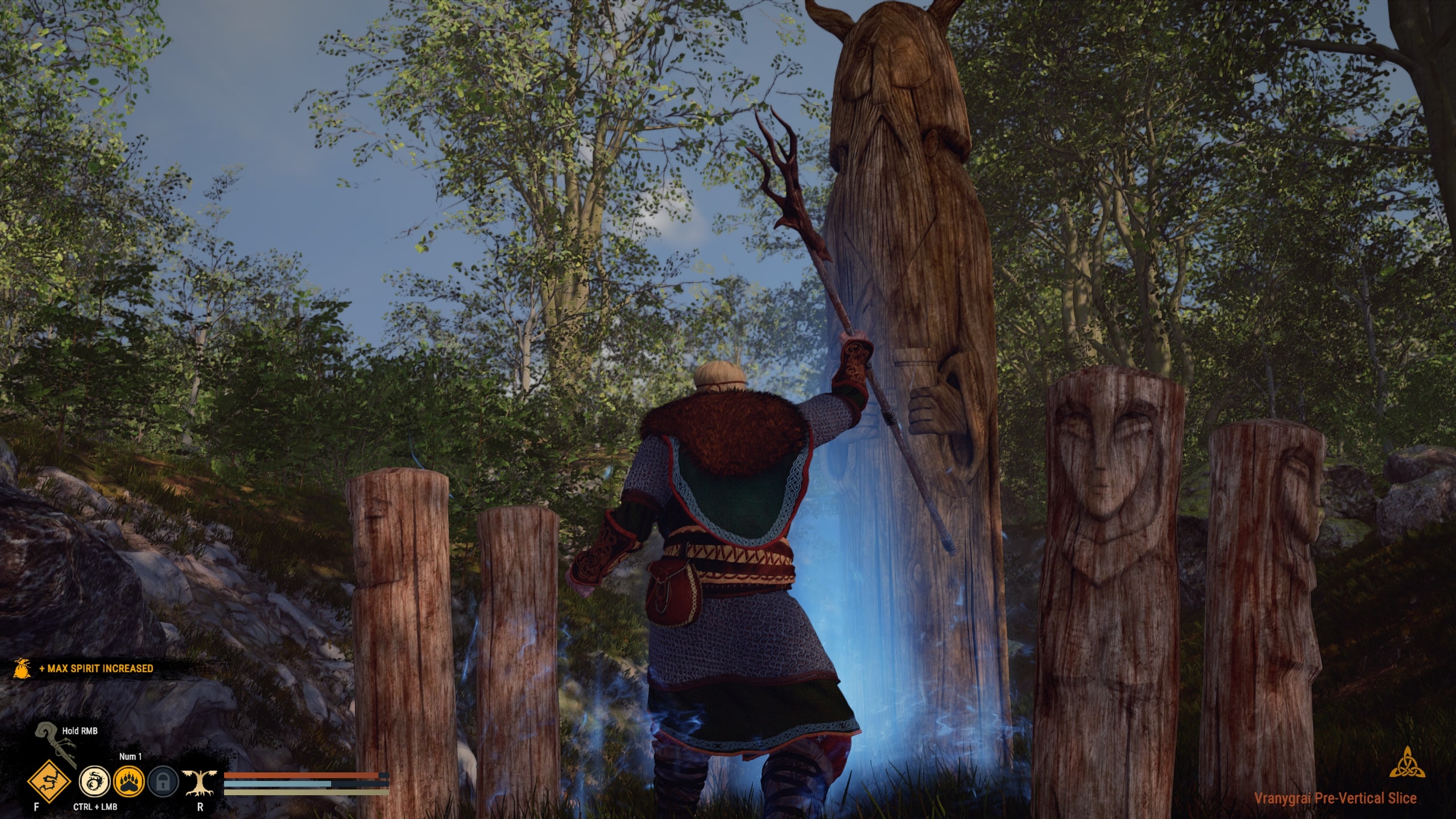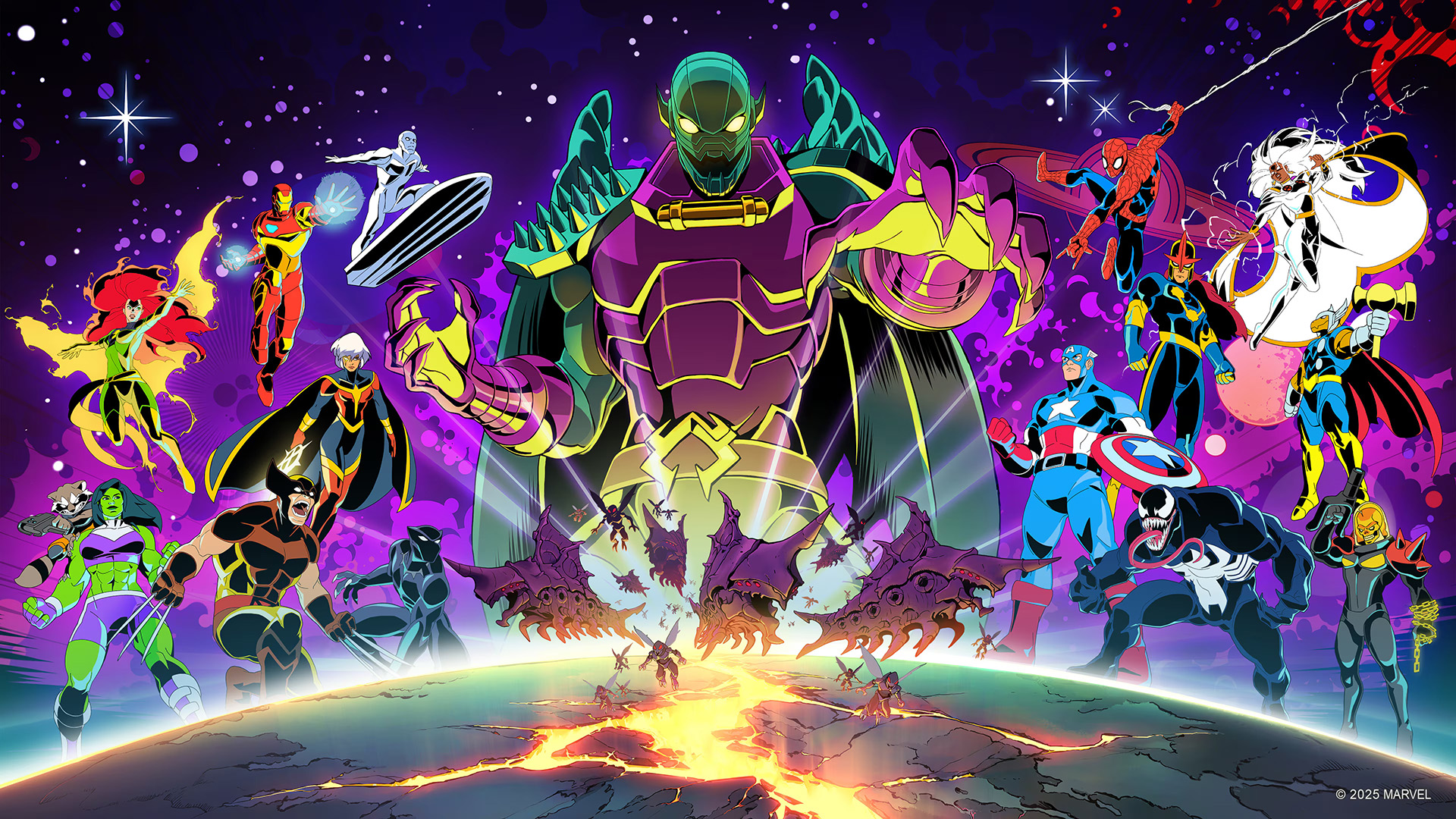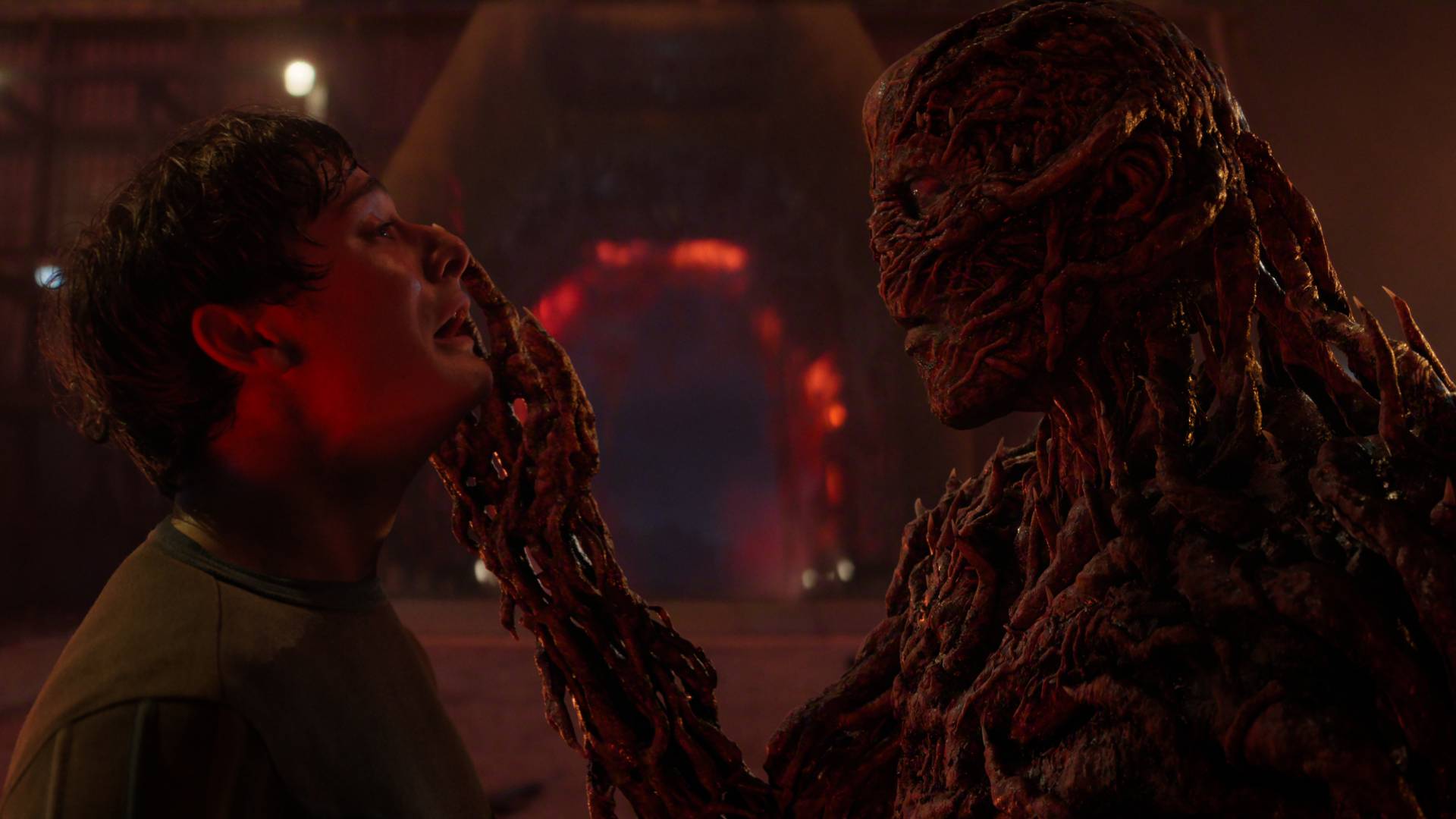Deep Sleep: Labyrinth of the Forsaken puts an Inception spin on PS1-era survival horror games, and I totally get why it's winning pre-launch awards
Preview | What if Resident Evil, but you're dreaming?
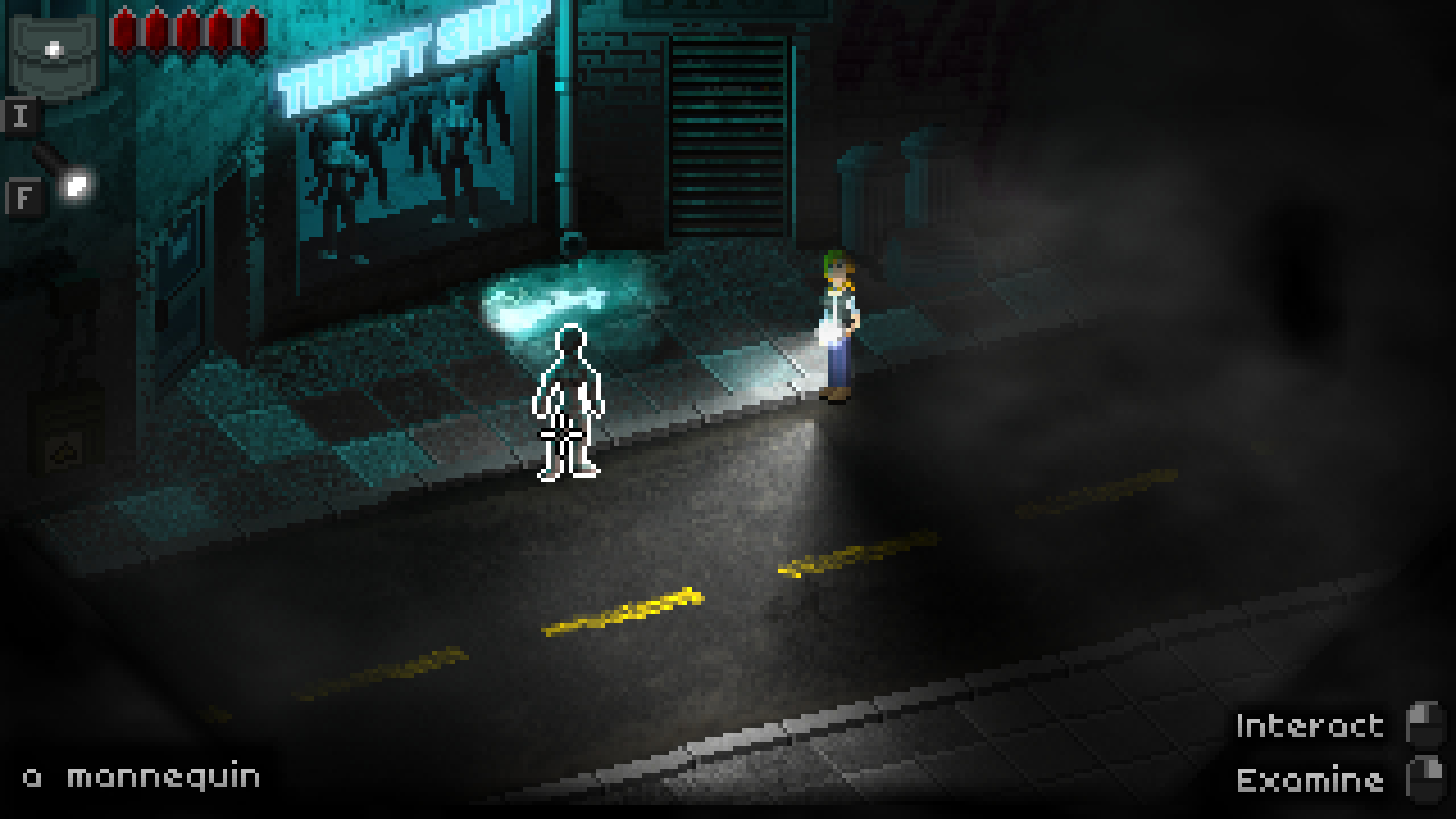
I knew the first indie demo I played at Digital Dragons 2025 was bound to be a hit. Deep Sleep: Labyrinth of the Forsaken already had my name all over it when I picked up and scanned a nearby flyer. Survival horror, point and click puzzles, turn based combat, and the ability to conjure weapons? I practically tackled the computer. When Deep Sleep won Best Game at the Indie Dragons awards later that evening, I was glad I'd seized my chance.
Scriptwelder's intricate point-and-click adventure where dreams become nightmares is both familiar and novel. Sure, the DNA of the best Resident Evil games is baked into its isometric, 2D pixelated world, but instead of gunning my way through a zombie-infested mansion, Deep Sleep had me dreaming myself into subconscious terrors – and loving every second.
Dare to dream a little bigger, darling
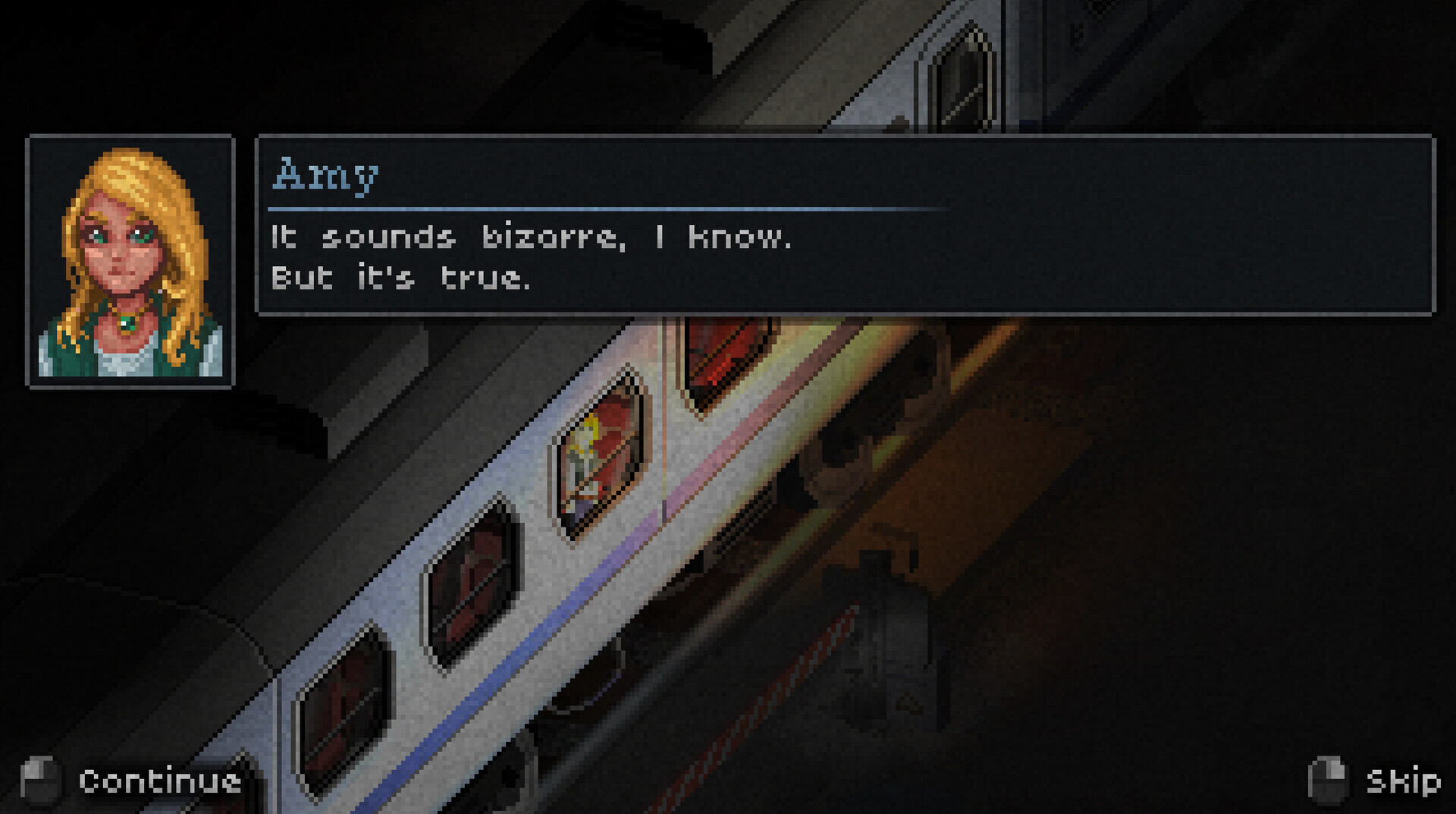
The first thing I see when I load into a fresh save file is a typewriter. That's not the only thing on the screen – the scene is that of protagonist Amy's bedroom, filled with curious objects and gadgets just waiting for a closer look. I know from reading the synopsis that Amy is trying to make contact with her presumed dead brother, and it's only through dreaming that she can do so.
But even with that intriguing backstory in mind, I can't help what my eyeballs latch onto. The typewriter is a familiar touchstone, linking Deep Sleep: Labyrinth of the Forsaken to some of the best survival horror games that came before it, and I simply must check it out.
I take a moment to admire the retro art style, noting the 2D framing of the scene as Amy gets up from her bed. I examine the electrode hood she's discarded on the bed – my gateway to nightmare puzzle worlds, no doubt – before finally clicking on the typewriter with feverish glee. What do you know? I need an ink ribbon to use it. This little nod to the titans of its genre (namely, the one and only Resident Evil) immediately charms me, clearly signposting Deep Sleep's mission as a survival horror game with a neat twist or two up its sleeve.
Once I've examined just about everything in the cramped space, I click on the electrodes again. It's time to experience what makes Deep Sleep different from its predecessors: the fact that most of its action takes place in dreamspace.
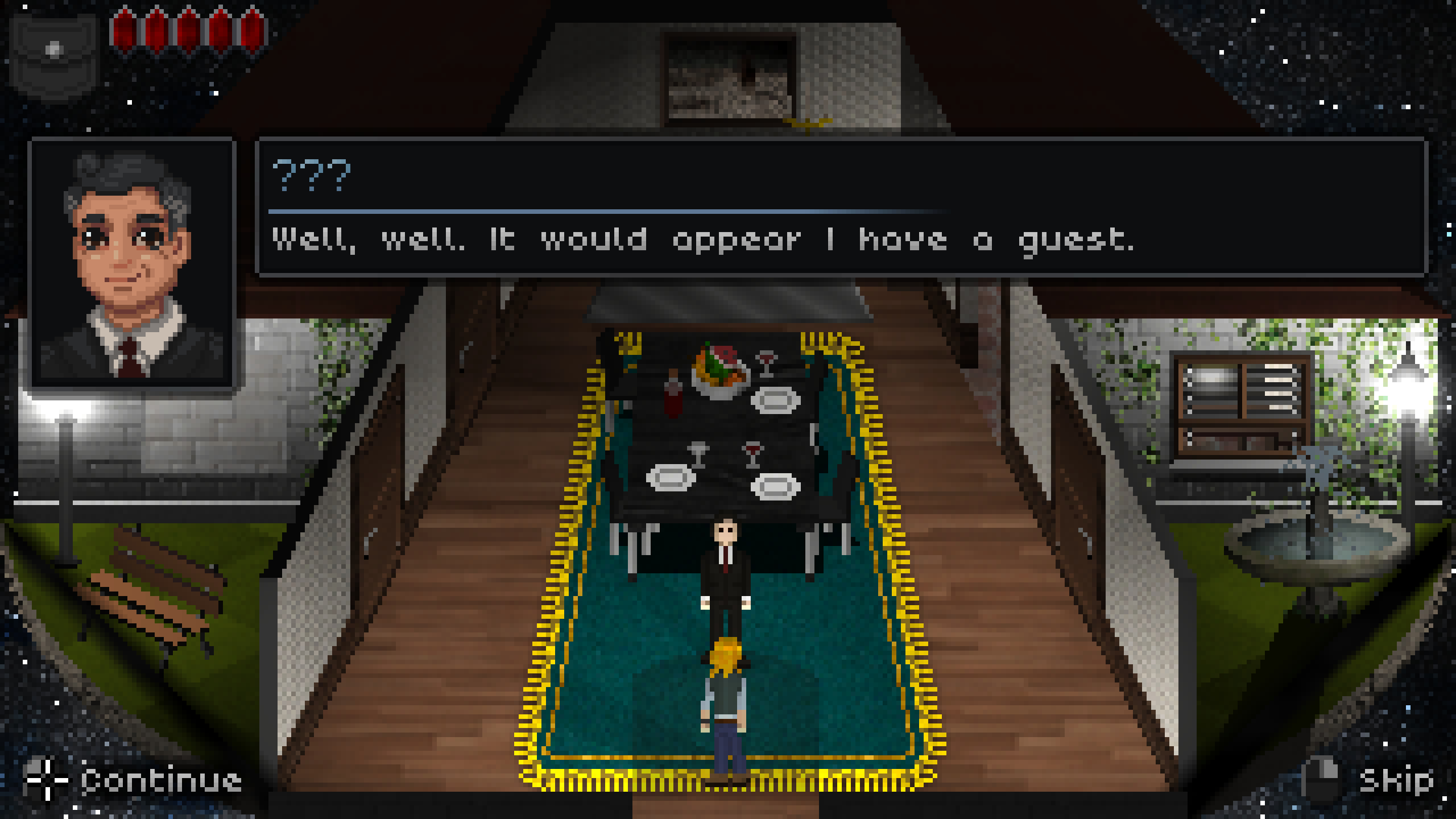
This next part feels like something out of Inception, or maybe even using the animus in the best Assassin's Creed games. Amy is a lucid dreamer, meaning I now get to choose what it is she dreams about now that she's fallen fast asleep. I don't recall the name of the first dungeon I pick, but it looks an awful lot like a hotel. Or, in a way, the telltale winding halls and locked doors that make up Resident Evils Spencer Mansion.
Weekly digests, tales from the communities you love, and more
But I digress. Deep Sleep: Labyrinth of the Forsaken doesn't play like a Resident Evil game, necessarily, despite how it might resemble one. This is no fixed camera angle endeavor, but a slightly isometric point-and-click adventure. I check my inventory quickly, and am disappointed to find a human bone rather than a gun as my main offensive tool. A quick rummage through the room I've loaded into, however, and I come out with a wrench – score one for me. Immediately, I set off to find something to batter with it.
Curiouser and curiouser
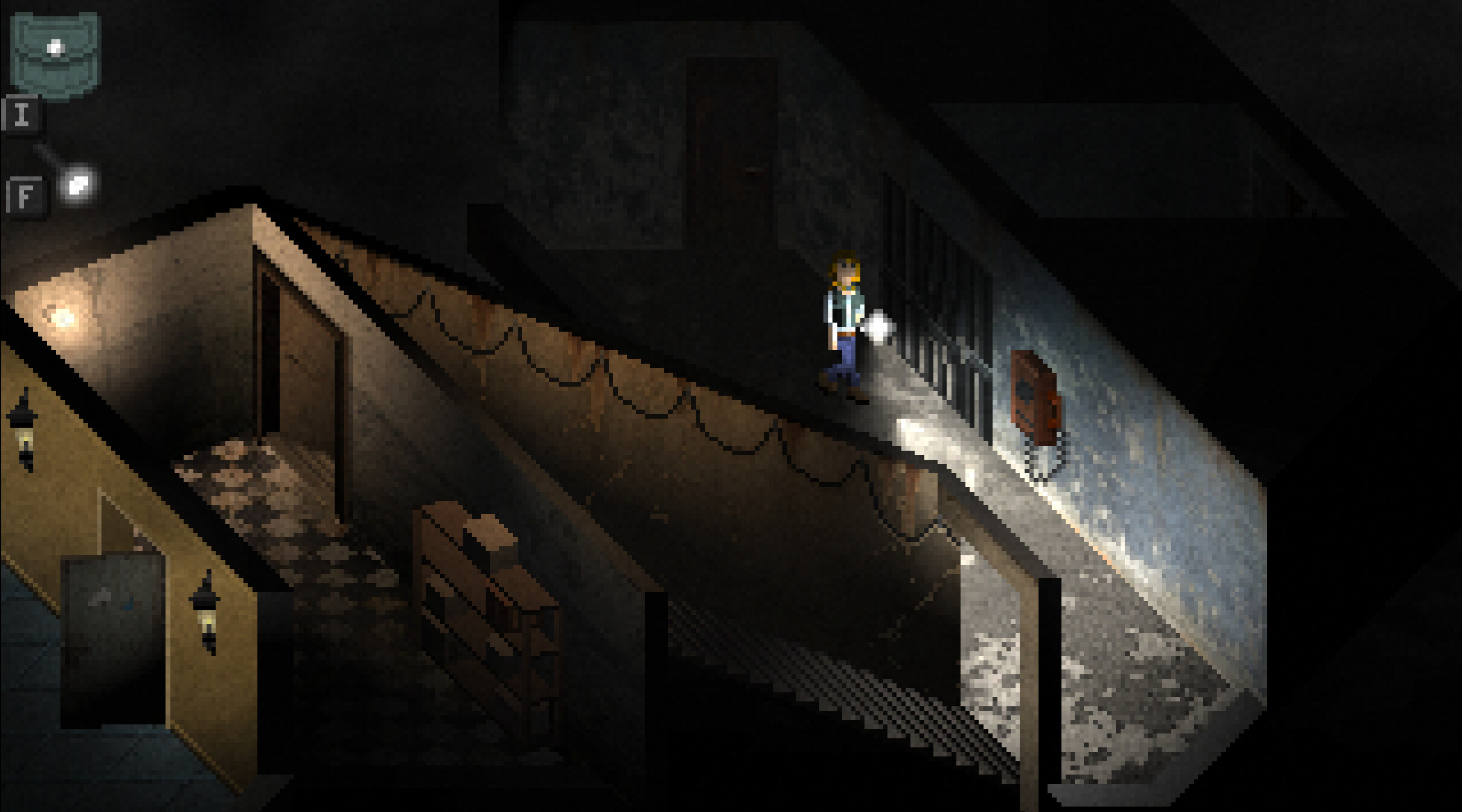
Deep Sleep: Labyrinth of the Forsaken doesn't play like a Resident Evil game, necessarily, despite how it might resemble one.
Exiting through a pair of double doors, I find myself on the upstairs landing of the hotel foyer. Stairs lead down to the dimly lit lobby, and in the darkness, I see something shambling about.
I flick on my equipped flashlight with a tap of the left trigger, despite on-screen warnings of some enemies being particularly photosensitive. I'm not trying to avoid a battle here, after all – I want to see what Deep Sleep's turn-based combat is all about.
When I approach the creature, I hope I'm the one who landed the first hit. The UI doesn't make that part all too clear, but as a musical sting chimes menacingly and the edges of the screen start to blur and shift in streaks of garish red, I can only assume I've triggered a combat encounter. Much as in Look Outside, my favorite survival horror indie of the year so far, combat in Deep Sleep requires a more tactical approach.
I'm presented with my inventory, and must select a weapon with which to attack the enemy. I go for the wrench first off, sure that a swift bonk over the head will do the job – but alas, it does only two HP damage and shatters in my hand. Meanwhile, my human bone fragment does the job beautifully, and three turns later, the creature falls down dead.
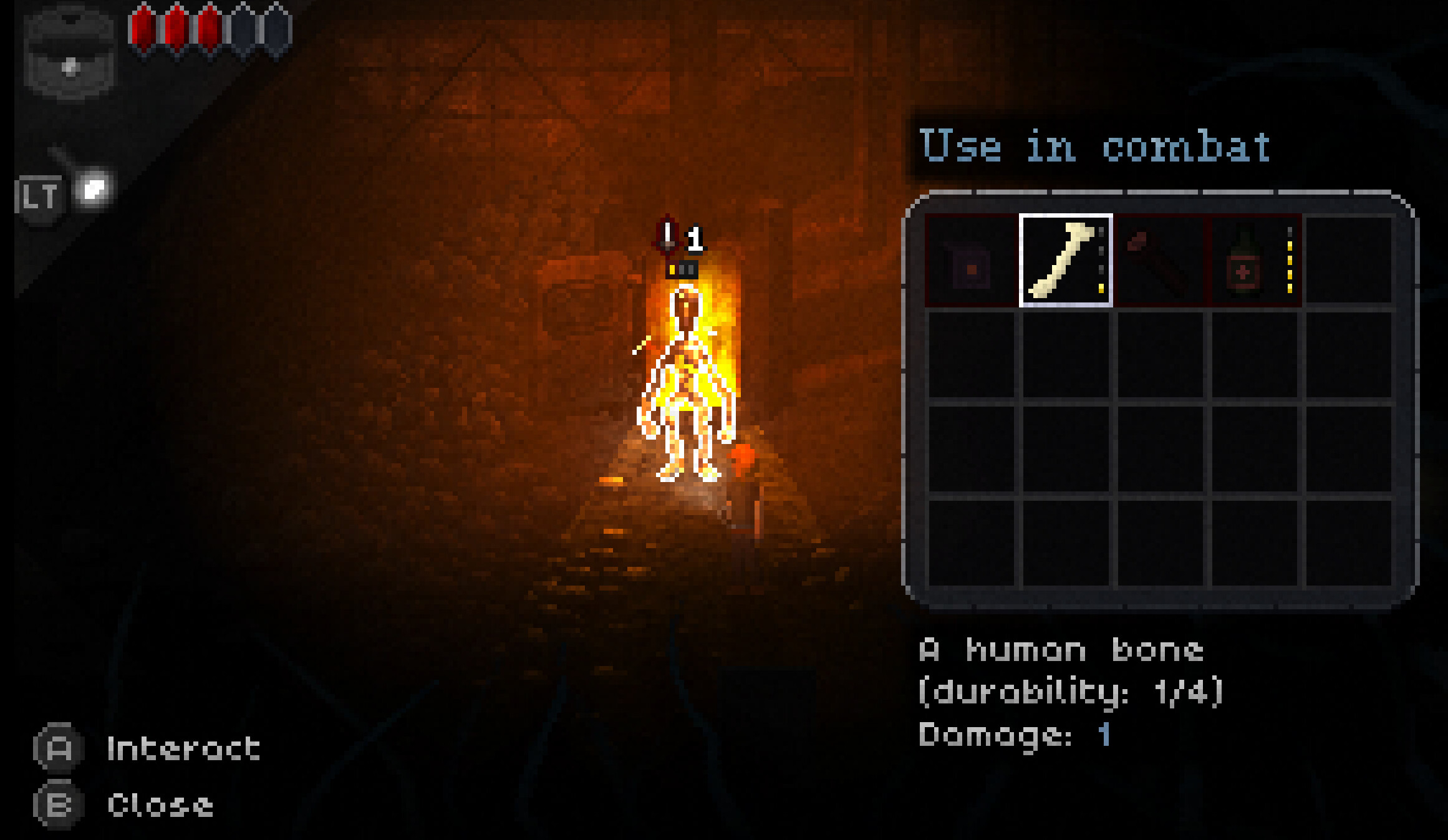
It's exciting to see new games reworking well-worn genres to bring out fresh, unexpected flavours.
Still reeling from the encounter, and with a brand new bone looted from my opponent's corpse in hand (ick, I know), I pick through the rest of the lobby in search of something stronger. Perhaps, even, something with bullets.
But, again, Deep Sleep is not as combat-focused as many other survival horror games I've played. It's a puzzler, first and foremost, with seemingly infrequent run-ins with enemies not only further spread apart, but a lot more optional. As I push open a door and hold my breath, expecting a room full of enemies, I'm surprised to find the hotel concierge instead.
He berates me for being late to this, my first day at a new job – a typical dream anxiety for many of us, I think to myself – and orders me to deliver luggage to five separate rooms. But which bags go to which room, I ask, eyeing the stack of suitcases and nearby trollies suspiciously? The concierge waves me off with a huff. Apparently, working that part out is up to me.
Sadly, my demo time is cut short by the presence of another eager player, but what little I've seen of Deep Sleep: Labyrinth of the Forsaken has whetted my appetite for plenty more. It might sound simple enough, but it's exciting to see new games reworking well-worn genres to bring out fresh, unexpected flavours.
Deep Sleep is shaping up to be a brand new, non-linear type of survival horror game that uses dungeons, dream theory, and "elements of randomized design" to its advantage, and it's already shooting past many other upcoming horror games on my list of 2025's most wanted.
Check out all the upcoming PC games on the way in 2025 to help plan your gaming calendar

Jasmine is a staff writer at GamesRadar+. Raised in Hong Kong and having graduated with an English Literature degree from Queen Mary, University of London in 2017, her passion for entertainment writing has taken her from reviewing underground concerts to blogging about the intersection between horror movies and browser games. Having made the career jump from TV broadcast operations to video games journalism during the pandemic, she cut her teeth as a freelance writer with TheGamer, Gamezo, and Tech Radar Gaming before accepting a full-time role here at GamesRadar. Whether Jasmine is researching the latest in gaming litigation for a news piece, writing how-to guides for The Sims 4, or extolling the necessity of a Resident Evil: CODE Veronica remake, you'll probably find her listening to metalcore at the same time.
You must confirm your public display name before commenting
Please logout and then login again, you will then be prompted to enter your display name.
